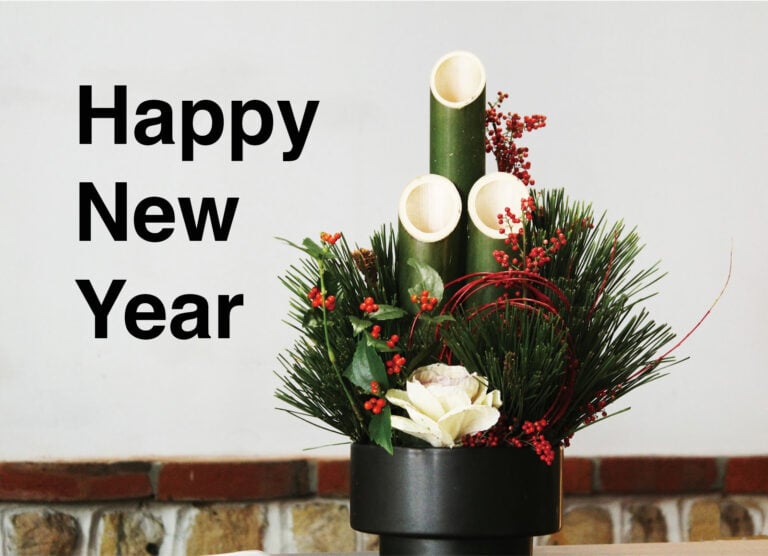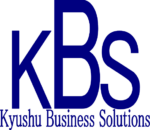
Of the many holidays celebrated in Japan, the New Year may be the most important. Important in the meaning the holiday carries both for individuals and for the nation, but also notable for the surplus of traditional Japanese customs that are on display around this time. There is perhaps no holiday that feels more quintessentially Japanese to me.
New Year’s Eve and Day represent different things for different countries, but two categories of thought emerge when looking at customs around the world: New Year’s is either a time of solemn reflection of the past year, or of boundless optimism for the future. Ideally, the Japanese New Year leans towards the latter and in this article I intend to explain why, as well as give a general rundown for how the holiday is celebrated in the modern age.

Blank Slate
Before we discuss any Japanese custom, it’s imperative that we understand the mindset that drives every other occurrence around New Year’s Day. Simply put, this holiday is all about starting the year with a blank slate, free from the baggage and worries of the year prior. What this means is different to each person, but common practices are cleaning your home from top to bottom, paying off all remaining debts, placing decorative bamboo arrangements called kadomatsu, etc.
The philosophy behind this is that, in order to be a more functional and healthy person in the upcoming year, whatever stresses and mistakes you made last year need to be left there. To bring them into the new year would mean starting off on a worse foot than last year, and therefore making future failures even more likely.
It probably doesn’t surprise you that much of this reasoning, like much of Japanese culture, is derived from Shinto beliefs: Toshigami, the kami of the new year, is a portent of luck that visits your home around that time. Given that he actually enters into your home, it’s seen as good form to make it as clean as you would for any visiting guest. Mochi is typically prepared under this practice as well, as an offering to the same kami, and the aforementioned kadomatsu serves as an open gate of sorts for the god.
So, as is common in Japan, the Shinto beliefs form a religious context for a mostly pragmatic way of thinking. Essentially, whether you believe in kami or not, you’ll no doubt see the wisdom in making sure your affairs are in order before entering the next phase of your life. This is key to the nation-wide appeal of the holiday.
Prep Work
After Christmas comes to a close, preparations are already being made for New Year’s Day. Rigorous cleaning takes place during this time, and as a result many in Japan don’t have the time or energy to prepare osechi (New Year’s food), and instead buy osechi from the store ahead of time. The osechi itself is a colorful assortment of traditional Japanese foods too numerous to list here, and is packaged similar to a bento. This practice is so common that reservations have to be made in advance to make sure you’ll be able to get one. To add to this: For the first three days of January, most businesses are closed—another justification for buying pre-made food, it seems.

Like anything I am forced to generalize for the sake of brevity, opinion is divided on this issue. Many see the store-bought osechi as an unfortunate consequence of laziness in the modern generation. As mentioned in my food spending article, there’s definitely something crucial to be gained from preparing a culture’s food in lieu of simply consuming it. Regardless, once the preparations have been made and all your affairs from the previous year are flushed away, the true celebration begins.
The Celebration
Ever since the Meiji Restoration, Japan’s new year has followed the Gregorian New Year’s date instead of the Chinese New Year’s, yet the practice is still steeped in Chinese religion in addition to Shintoism: When the final hour of the 31st approaches, tradition is to indulge in toshikoshisoba, to bridge one over into the new year, whilst Buddhist temples ring their bells 108 times, to symbolize the 108 defilements of man, with the final bell being rung as the clock strikes midnight.
This night can be spent out of doors, in your own home, with family, friends or even strangers, but like any new year celebration it’s an exciting event. It’s customary to watch the first sunset of the new year, a practice referred to as hatsuhinode. Whether or not you’re going to take a quick nap after the 108th bell is your choice, but I’m more of an all-nighter kind of person.
On the first day of the new year, you finally get to indulge in your osechi, as well as any other traditional Japanese dishes you like, such as ozoni, a soup prepared with grilled mochi cakes. Then, you can take your first shrine trip of the year, known as hastumode.
The rest of the day is spent at the shrine or with family and friends, but really, you are free to do whatever you’d like in whatever order at this point. The main focus is to be immersed in the fresh feeling that a new year should give you. Don’t worry about the past. Don’t worry about your job. Just kick back and relax, or all this hubbub just went to waste.

Other Assorted Customs
- On the second day of the new year, try engaging in a hobby or skill you’ve been trying to improve in. Shinto beliefs say that you will gain exceptional improvement in that thing if you do so.
- Otoshidama is the act of giving money to children in an envelope. While I’ve never seen it explicitly stated, I presume that you give it to children in your own family, not just random children.
- Beethoven’s Ninth Symphony is commonly performed around this time as well—a tradition dating back to World War I.
- Nengu is the tradition of exchanging postcards on New Year’s Day, which when mailed can be specially requested to arrive on the exact day of.
- During hatsumode, the initial shrine visit I mentioned earlier, it’s common to leave the charm purchased during the previous New Year’s Day and purchase a new one, to leave whatever bad luck one can in the past.
- If you live in Tokyo, take a trip to the Imperial Palace, as it’s open to the public on January 2nd!
With that, the only thing left to do is just get out there and celebrate! I recommend asking a native what they do during New Year’s if you need some help getting ideas. Like always, don’t be afraid to get out of your comfort zone if it means experiencing something new.
Happy 2023!













